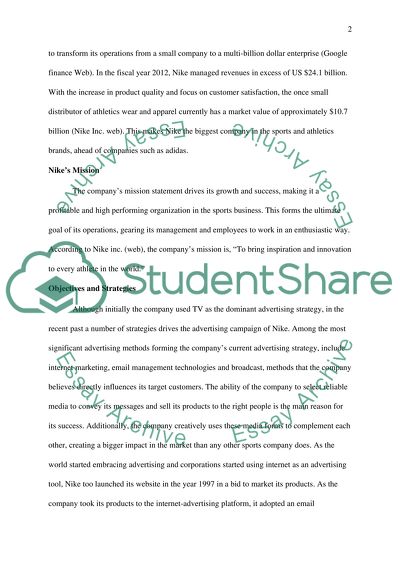Cite this document
(“Brand Portfolio Project (advertising) Case Study”, n.d.)
Retrieved from https://studentshare.org/marketing/1497941-brand-portfolio-project-advertising
Retrieved from https://studentshare.org/marketing/1497941-brand-portfolio-project-advertising
(Brand Portfolio Project (advertising) Case Study)
https://studentshare.org/marketing/1497941-brand-portfolio-project-advertising.
https://studentshare.org/marketing/1497941-brand-portfolio-project-advertising.
“Brand Portfolio Project (advertising) Case Study”, n.d. https://studentshare.org/marketing/1497941-brand-portfolio-project-advertising.


